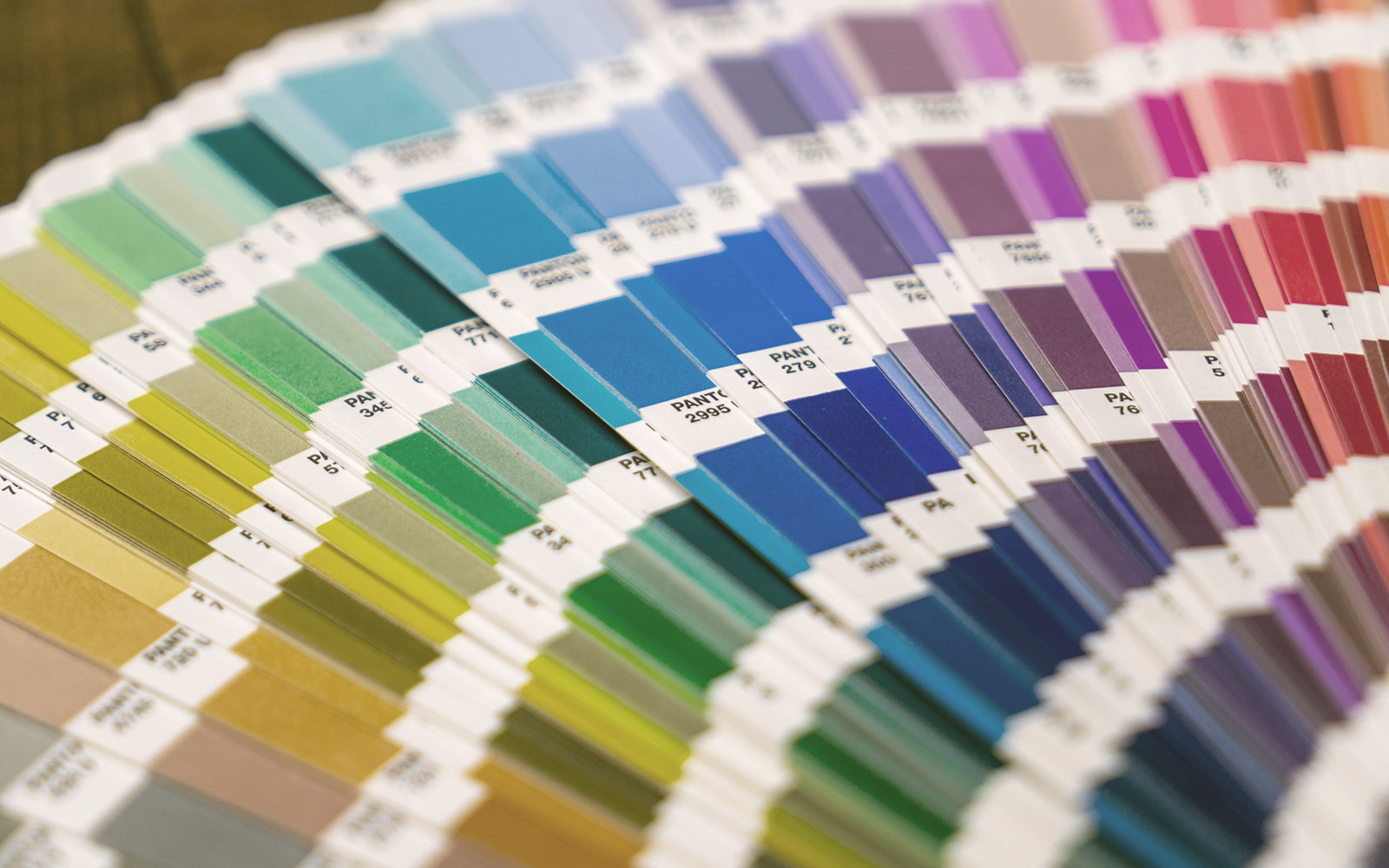Is Color Helping or Hurting Your Business?
What are your favorite colors? Well, that’s a bit of a trick question. The answer doesn’t matter. While it’s tempting to choose colors you like for your business branding, it’s not always the wisest choice. Why is that? And if not based primarily on your personal attraction to them, how should you select colors for your business?
A Brief Introduction to Color Psychology
Vision is a key way through which we gather information and form perceptions. It also plays a huge role in deciding how we react or behave in response to what we’ve seen. Color is, of course, included in this.
Because sight and color are such an integral part of daily life, we may not often think of how they influence us. But, as various studies have shown, they can have a powerful impact in business. In fact, many top brands intentionally leverage certain colors proven to be effective in accomplishing various business goals.
We’ll explore some examples of this, as well as how you can leverage colors, in the same way, to support your business and make your marketing more effective.
Selecting Colors For Your Branding
As with everything, there is some variance to be aware of. Not everyone responds to every color the same way. However, here are some time-tested generalities that you may be able to use to your advantage.
Red
Red is a powerful, attention-getting color. It has a strong connection to physical needs and concerns. Think about it. Red is used to symbolize love and affection. It’s used to call attention to important information such as warning signs and stop signs. It’s even used by brands like McDonald’s and KFC to draw attention to our need or desire for food.
If you want to elicit strong reactions from your audience or quickly grab attention, red may be the color to use.
Blue
A very popular color, blue is multifaceted. The color of the sky and sea, it’s closely associated with depth and stability. Not to mention trust, wisdom, intelligence, and integrity, which is why it’s used by businesses and brands that depend heavily on the trust of their target markets. Hospitals and banks are common examples of this.
In its lighter shades, blue is also representative of health, healing and tranquility. As a result, it’s a popular choice for relaxation-focused businesses such as spas.
Blue may be a color to consider for your brand as it can inspire confidence in what you offer, convey sincerity, put potential customers at ease, and much more.
Green
What comes to mind when you think of green? Likely things such as nature, life, growth, and money. Now think of the kinds of businesses that use green in their branding. Restaurants may use it to symbolize freshness and healthfulness. Eco-friendly and nature-related brands use it to reinforce what they’re all about. Financial brands use it to entice those interested in economic advancement. The list goes on.
Might green be a good color to increase the appeal of your business or to reiterate your main messaging?
Black
Black often carries an air of sophistication and elegance, seriousness and security. No wonder it’s used by firmly established, respected brands such as Apple, Nike, Louis Vuitton, and others on the luxury end of the spectrum. This color is also often associated with slick, modern, and minimalist brands.
Orange
A motivational, positive, and energetic color, orange is often used by fun, lighthearted brands including Fanta and Nickelodeon. And because this color stimulates activity and action, it’s also used by the likes of Home Depot, Orange Theory Fitness, and others.
Even if not a primary color for your brand, it can be very effective as an accent color that draws attention to your calls-to-action.
Purple
The combination of blue and red, purple perfectly balances the two elements those colors represent: Stability and energy. Purple, especially in its deeper shades, is closely associated with royalty, nobility, power, wealth, and wisdom.
However, on the other end of the spectrum, it can also be a good choice for feminine and children’s design. Light purple works best in those cases.
Might purple have a place in your brand?
Are You Using the Right Colors?
Of course, there are many more colors and even shades of colors to consider when it comes to color psychology and business. However, from what we’ve covered, are you using the right colors for your business? It’s essential to consider what each color you choose is associated with and if using it will further your marketing and business goals or not.
Need guidance on navigating the nuances of choosing brand colors to ensure that you get it right?
Get in touch and let’s chat about what colors would be most appropriate and effective!
